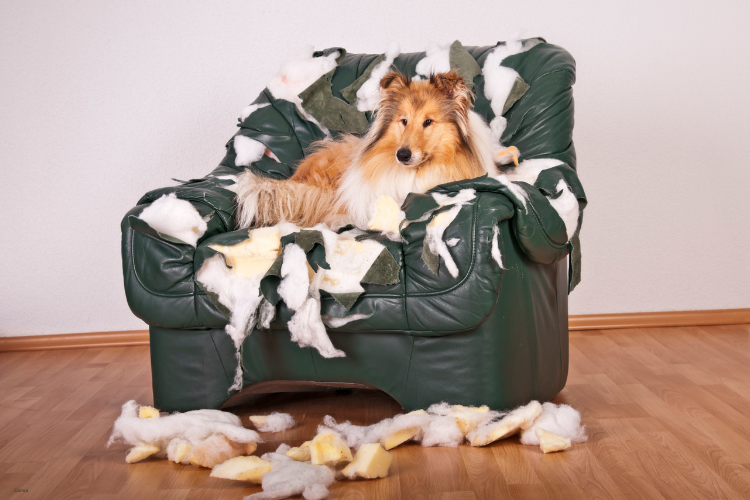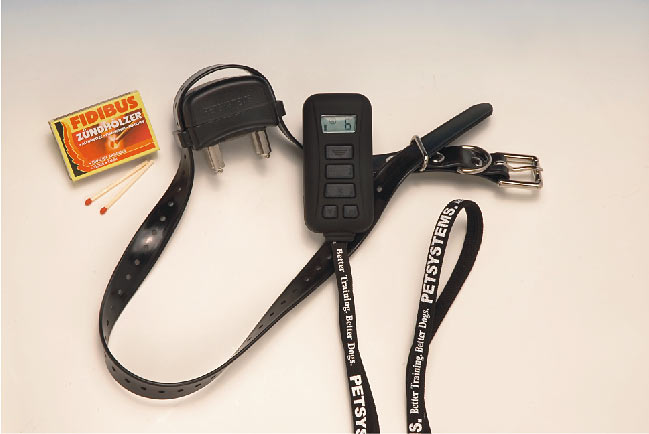Every so-called problem dog has the same starting point and it’s holding the leash.

People like to think some dogs are just “bad,” but the truth is harder to swallow. Most difficult dogs are shaped by their people, not by mysterious misbehavior genes. From fear-based aggression to destructive chewing, it almost always comes back to one thing: the way the owner manages, trains, and understands them. Here’s where people go wrong and why it often feels like the dog is the problem when it’s really not.
1. Training styles that confuse dogs leave everyone frustrated.

Dogs don’t speak English. They respond to tone, consistency, and clear signals. According to the American Veterinary Society of Animal Behavior, inconsistent commands and punishment-based methods create stress and confusion in dogs, which often looks like stubbornness or defiance. One day “off the couch” means off, the next day it’s fine because the owner doesn’t feel like enforcing it. That mixed messaging leads to bad habits and bigger behavioral blowups. The dog isn’t being difficult—it’s navigating inconsistent leadership.
2. Exercise needs are ignored until the couch is shredded.

Some dogs need hours of exercise, others need challenging mental stimulation, yet many owners underestimate how much activity their pet requires. As stated by the ASPCA, lack of exercise is one of the leading causes of destructive behavior and excessive barking. A bored dog finds its own entertainment, and it usually involves your shoes, drywall, or garden. The problem isn’t the dog’s energy level—it’s the owner failing to provide a healthy outlet for it.
3. Socialization gets skipped and fear takes over.

Dogs need to learn how to handle the world, but owners often miss that window. The American Kennel Club reports that puppies not exposed to diverse environments, people, and other animals are far more likely to develop fear-based reactivity as adults. A dog that hides, growls, or lashes out around strangers isn’t broken—it’s unprepared. That fear often gets labeled as aggression, but it’s a direct result of missed social experiences during development.
4. Owners project human emotions onto canine behavior.

Many people treat dogs like small furry humans, assuming every head tilt or paw swipe means what it would if a person did it. Dogs operate on a different set of social rules. Punishing “guilt faces” or coddling anxious whining can unintentionally reinforce behaviors that weren’t a problem to begin with. Misreading signals leads to poor training responses and creates confusion for dogs trying to live up to human expectations they don’t understand.
5. Quick-fix gadgets replace actual relationship building.

Shock collars, citronella sprays, and “instant training” gadgets promise fast results, but they don’t teach understanding or trust. Dogs learn through repetition, bonding, and positive reinforcement, not pain or shortcuts. While tools can assist, they can’t replace patient, hands-on interaction. Owners often look for technology to solve what is really a relationship gap, leaving the root problem untouched and the dog labeled as “stubborn” when it’s simply stressed.
6. Schedules get skipped and chaos takes over.

Dogs thrive on routine, but modern life often means unpredictable feeding times, missed walks, and inconsistent boundaries. That unpredictability stresses dogs, leading to anxiety-driven behaviors like pacing, whining, or destruction. Dogs don’t know what tomorrow’s rules will be because yesterday’s changed, which creates insecurity and acting out. When a schedule finally appears, many problem behaviors fade away, proving the issue wasn’t the dog’s personality but its environment.
7. Emotional energy bleeds into a dog’s behavior.

Dogs pick up on tension, fear, and anger, often mirroring it. An owner constantly stressed or angry inadvertently trains the dog to be nervous or reactive. Calm, confident energy sets a tone that dogs instinctively follow, while emotional chaos creates instability. People often don’t realize their own moods and habits shape the dog’s comfort level, meaning what looks like a reactive animal is often just one mirroring its household’s vibe.
8. Commitment fades after the honeymoon phase.

The first months with a new dog feel exciting, but once reality sets in—training, patience, consistency—owners sometimes check out. That drop in engagement is when problem behaviors start stacking up. Dogs need lifelong teaching and reinforcement, not just a burst of attention when they’re puppies. Many “difficult dogs” are simply under-guided adults left to figure out life alone, proving once again that the issue isn’t the dog. It’s the human following it around with half effort.
